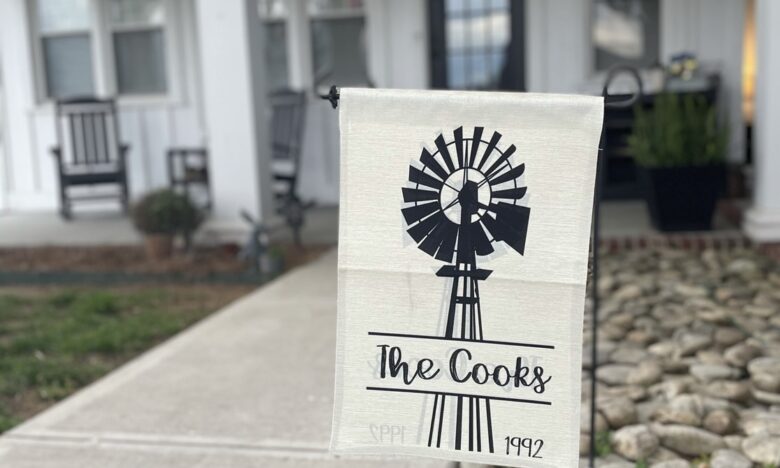The Gifts In Letting Go
It’s been nearly thirty years since we found our 1901 farmhouse. We’d been hunting for an old house with character: hardwood floors, clapboard walls and ceilings, a wrap-around porch with a view—a house that had history. We wanted a house that needed work so we could add our personal touch, but we also wanted a house equipped with modern conveniences like heating and air.
But it seemed everyone wanted a historic home, and we were almost ready to give up on our search.
Just when we were ready to talk to a builder, a house came on the market that looked just like what we were looking for. I called the realtor noted as the contact on the listing. Of course, that house was already under contract, but she had another one she wanted to show us. We met her in a Food Lion parking lot two counties over from the bustling city of Charlotte where we both grew up.
Though I couldn’t be sure, I believed this was going to be the house. I convinced Dwayne we must go see it. I told him that this realtor was different than our previous realtor, and understood what we were looking for. That this wasn’t going to be yet another mushroom-wallpapered, seventies-ranch-style-home.
We followed the real estate agent down back roads that led through acres and acres of farmland, and up to an old white house with timeless oak and pecan trees around the property. The huge trees and the windmill sold me on the house before I even set foot inside the door. The garage behind the house sold Dwayne. Andrew, my oldest and only child at the time, wasn’t so sure. He kept repeating that tornadoes move quickly across plains, something he had recently learned from his science teacher.
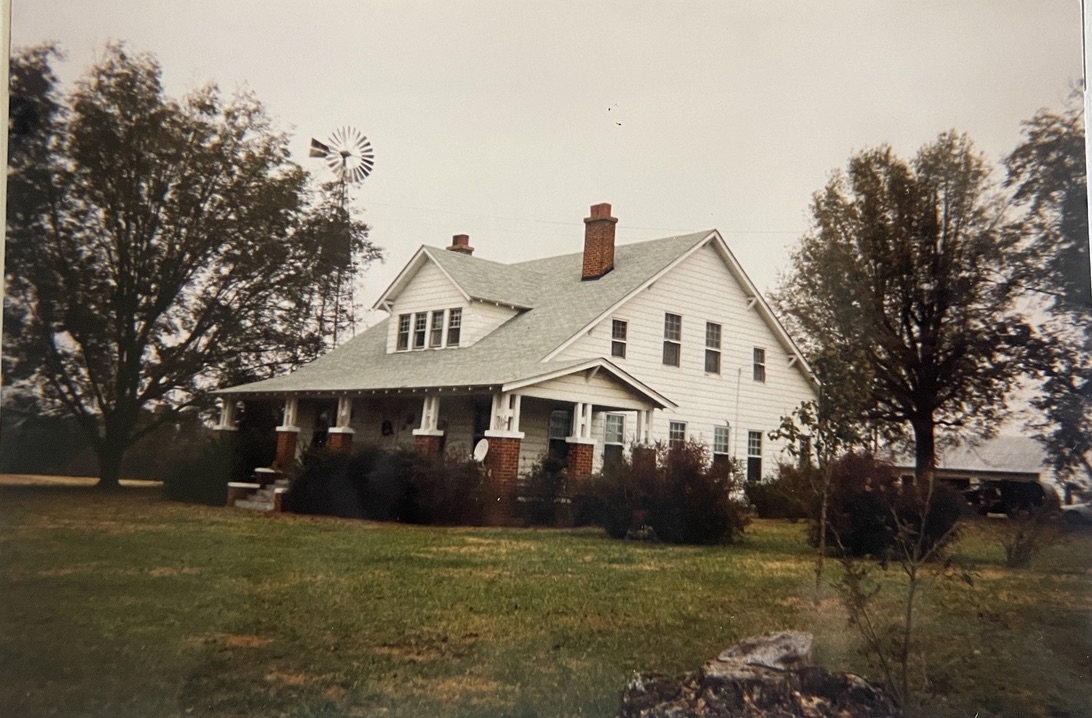
But the house was timeless, and exactly what Dwayne and I were looking for. Sure, she had experienced storms, but here she was still standing and beckoning me to step inside her door and into the life I’d been dreaming about, praying for, and creating and designing with my imagination.
At the time, Dwayne and I were living in a trailer in a mobile home park near the Charlotte Motor Speedway. My life fit every stereotype you could imagine: pregnant at 16, married at 19, the whole trailer park oversimplified perception. My mom would call when bad weather threatened and tell us, “Get out of there.” It’s the running joke now, but at the time I wondered if I would one day be the cliché’ woman on the evening news standing by what was left of her trailer after a horrible storm.
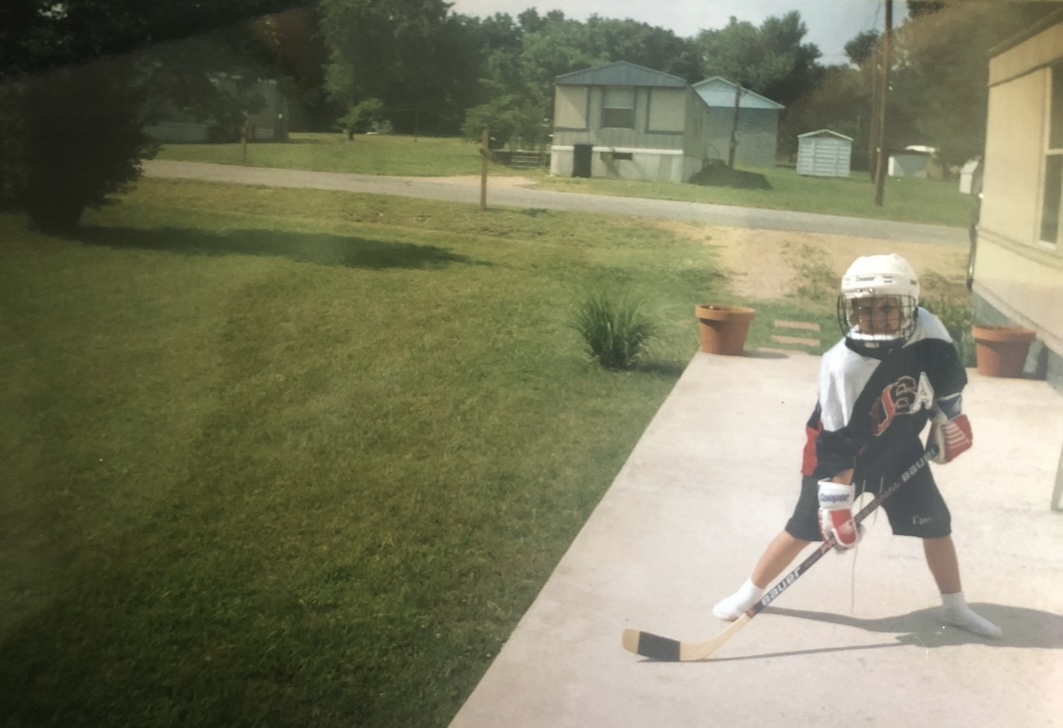
I had just finished my undergraduate degree and was teaching. Dwayne was working for a hydraulic company. We were ready for something more, and this house with her enduring oak trees, windmill, small shop, numerous outbuildings, silos, and 1500 square foot chicken shed perfectly met our desire for a future full of growth and expansion. It felt like a place where we could grow roots and wings.
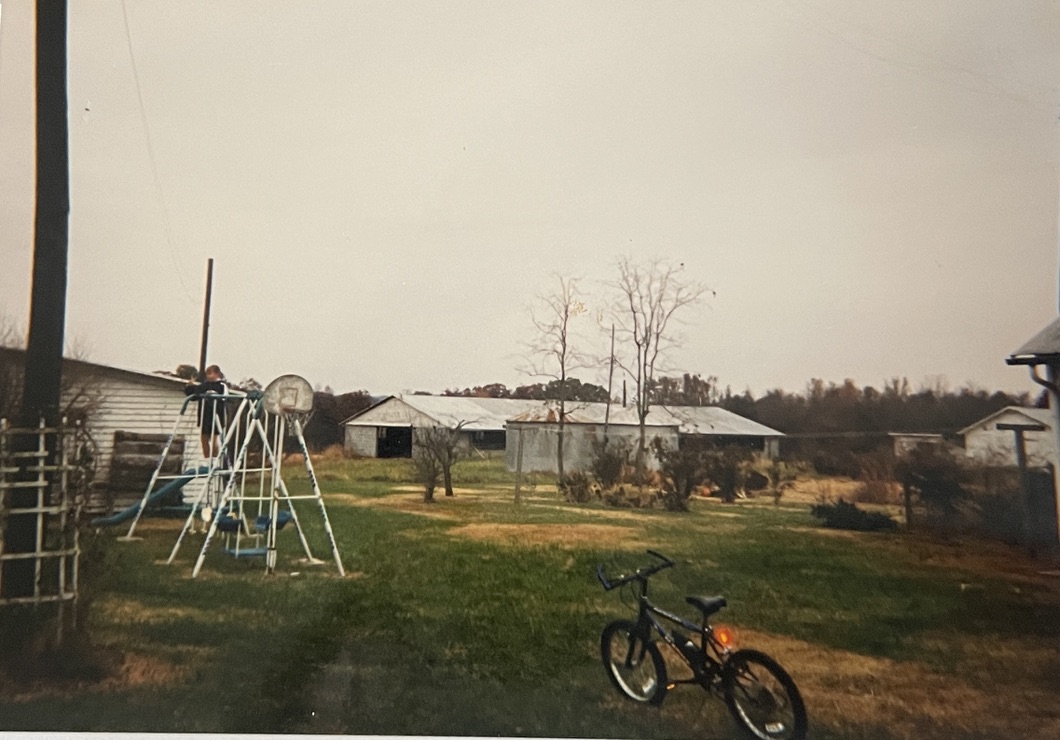
Our parents’ saw the needed repairs and work: the hole in the upstairs bedroom ceiling where squirrels were entering the house and drinking water from the upstairs toilet; the rotting front porch; the bygone-era pink carpet and golden-yellow molding and royal blue fireplace; and all those rodent infested overgrown grassy areas around the in-need-of-repair outbuildings. But we saw possibility and potential, and we grew more and more attached to the house with each renovation, remodel, repair, and, most importantly, experience.
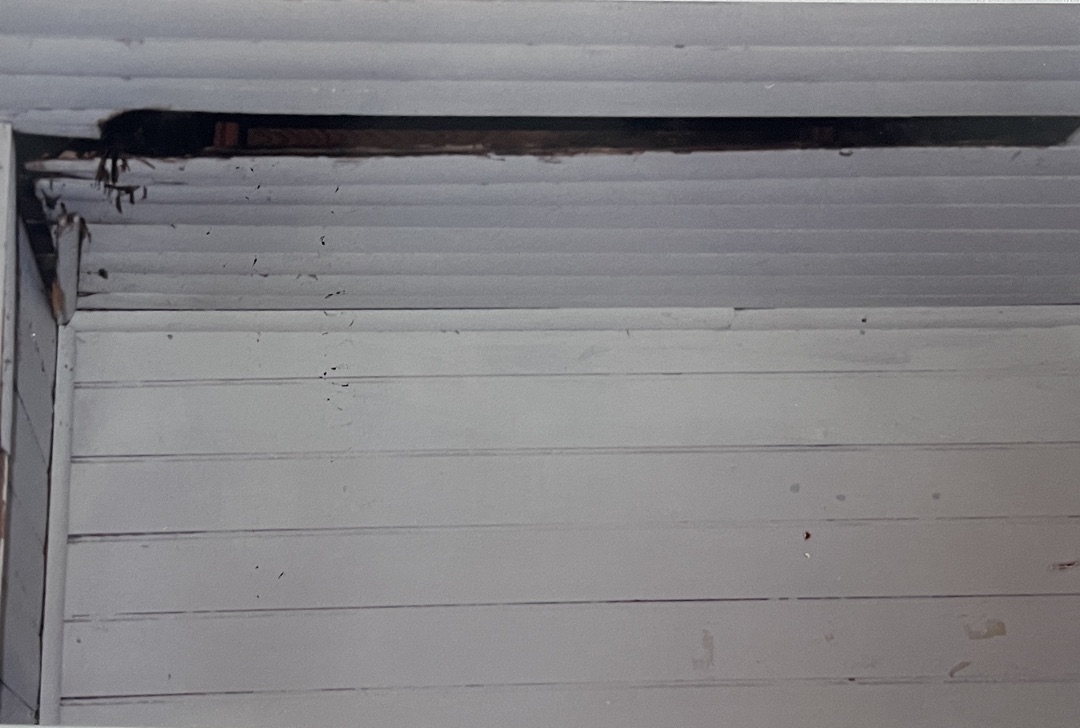

Our beautiful old farmhouse and the old oak trees around her, though already almost a century old, continued to grow with us across the years. She opened her arms and greeted every baby we carried through her door with love and care. She wrapped her arms around us and kept us protected inside her walls when death and other forms of pain sent crushing blows to our hearts. She was there for the quiet snuggles, the shouting matches, the slumber parties and birthday parties and graduation parties, too. She’s hosted many a Thanksgiving dinner and Christmas brunch. She is part of us, and part of our neighbors down the street whose great-grandparents built her.
Our neighbors, and their parents before them, told us stories of an A-frame house that became a two-story house; of sitting on Grandma’s lap to wait for the bus; of a racetrack that was set-up in one of the upstairs rooms and a real favorite of all the kids in the community; of a young granddaughter’s beloved horse; of an outbuilding that rotted away and lies somewhere under a “yonder” hill now, and of the kudzu—an invasive vine in the South—that was intentionally planted by the front porch to provide shade in the harsh summer heat.
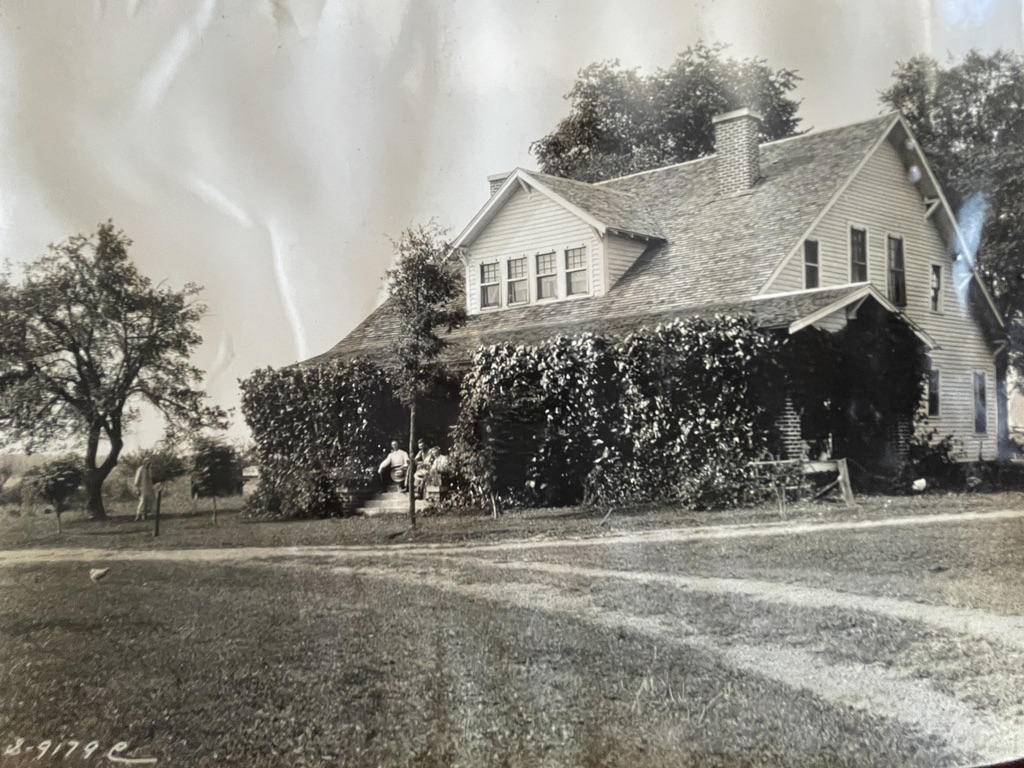
This house, these hills, these trees have seen many years come and go, both with us, and before us.
At some point, Addie, my youngest, started calling the big oak tree at the front of our house the Tree of Life. In my mind, the tree already belonged to the house, but when you give something a name—and especially a name steeped in religion and mythology and eternity, like the Tree of Life—it creates a deeper attachment. This beautiful tree became part of us, too. She watched people come and go from our house. She watched barefoot children running in the grass, and she absorbed the sounds of joy and laughter from the adjacent tree swing.
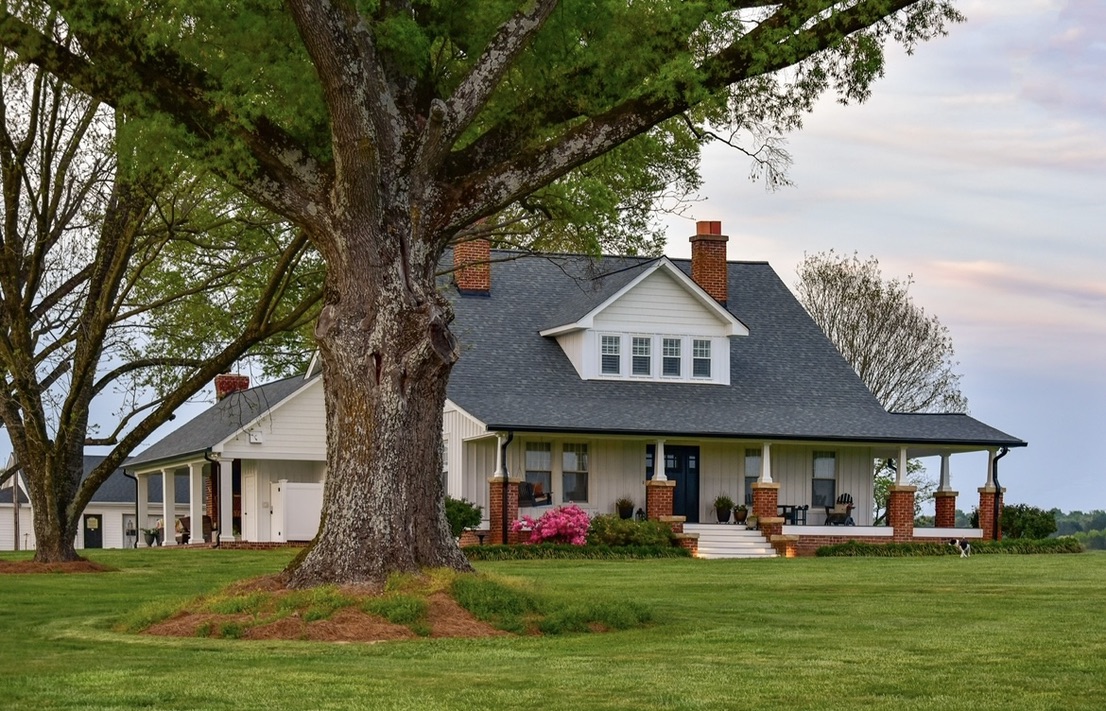
One day there was an accident; a neighbor’s son ran the stop sign and hit the tree. Of course, we were more concerned about the young man, who was fine. Still, the neighbor wanted to come and spray a protectant on the impacted bark. I don’t know if the accident was what caused the tree to begin to rot in that same area, or if it was due to some disease already at work, but over time we realized that the tree was dying.
A tree service company said they could buy us time, pruning the dead wood to encourage new growth, but we would eventually lose the tree because it was rotting within. I didn’t want to accept this. Not the Tree of Life! I prayed for it, actually placing my hand on its bark. Of course, I made it look like I was picking up a stick nearby and just leaning my hand on the tree, worried I would be judged for my tree-hugging heart, and for my faith.
The Tree of Life held on for a few more years, but continued to drop limbs as the hole in its trunk grew larger. Then, suddenly this past summer, all of the leaves on the tree turned brown.
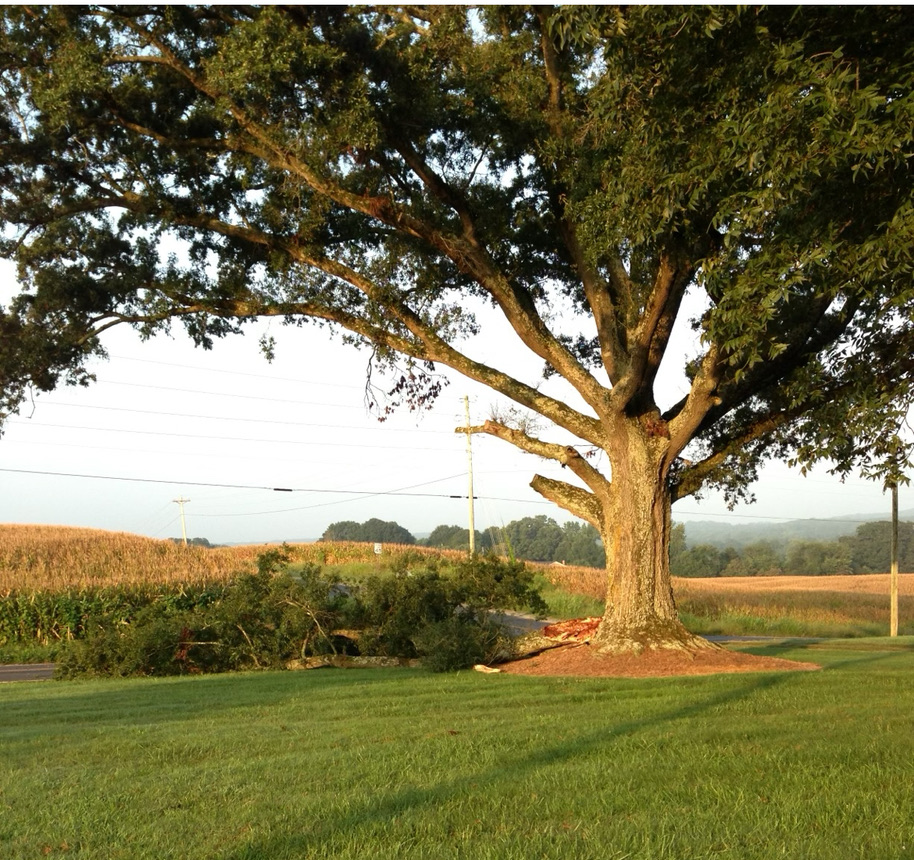

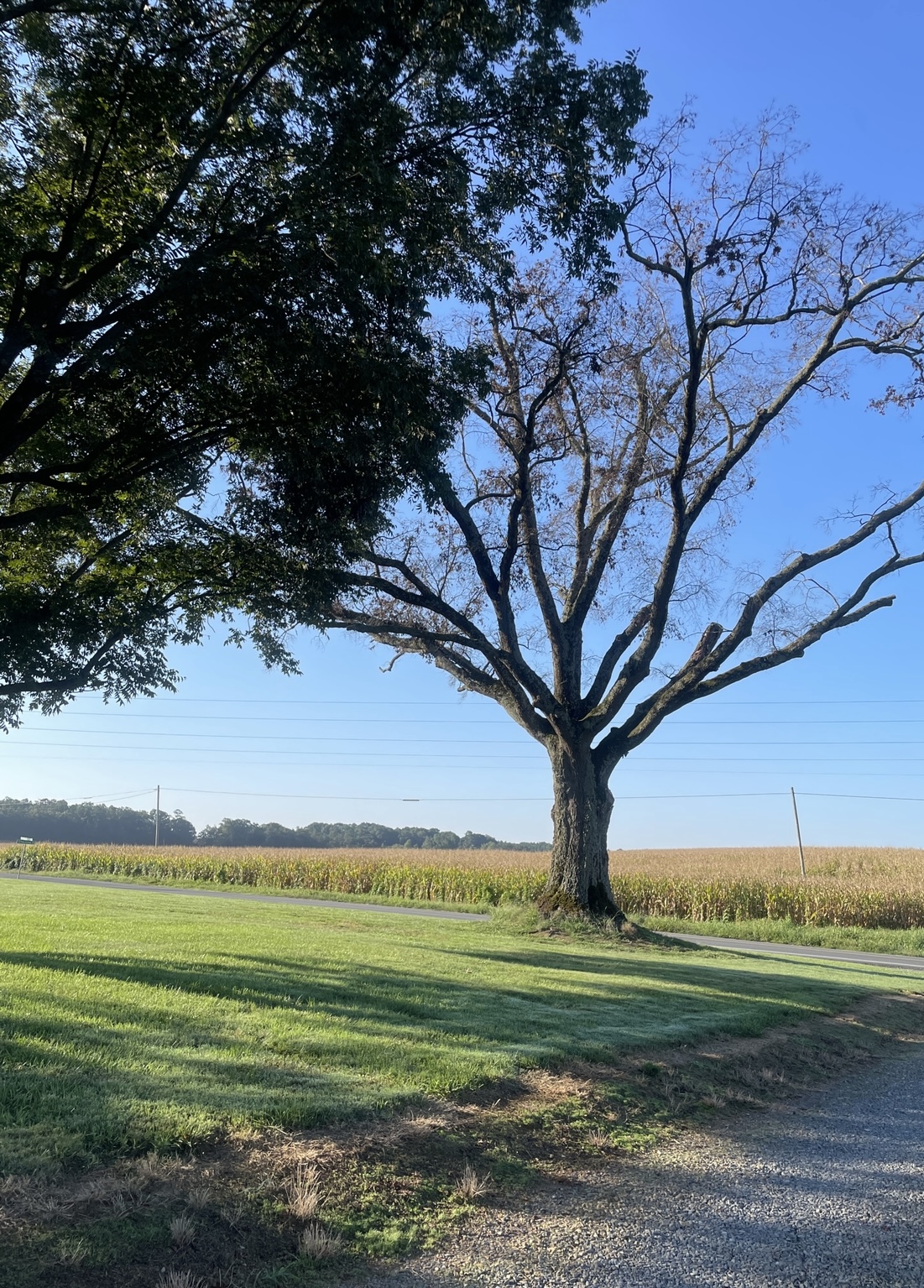
The inevitable had arrived. The tree was no longer safe.
We had to let it go.
I cried the day the tree was cut down. It felt like I was letting go of so much more than just that tree. And maybe I was. I texted each of my kids—all out of the house now— and sent them pictures of the tree removal crew hacking away. The kid’s replies came in: “Really?” “That’s sad.” “NO!”
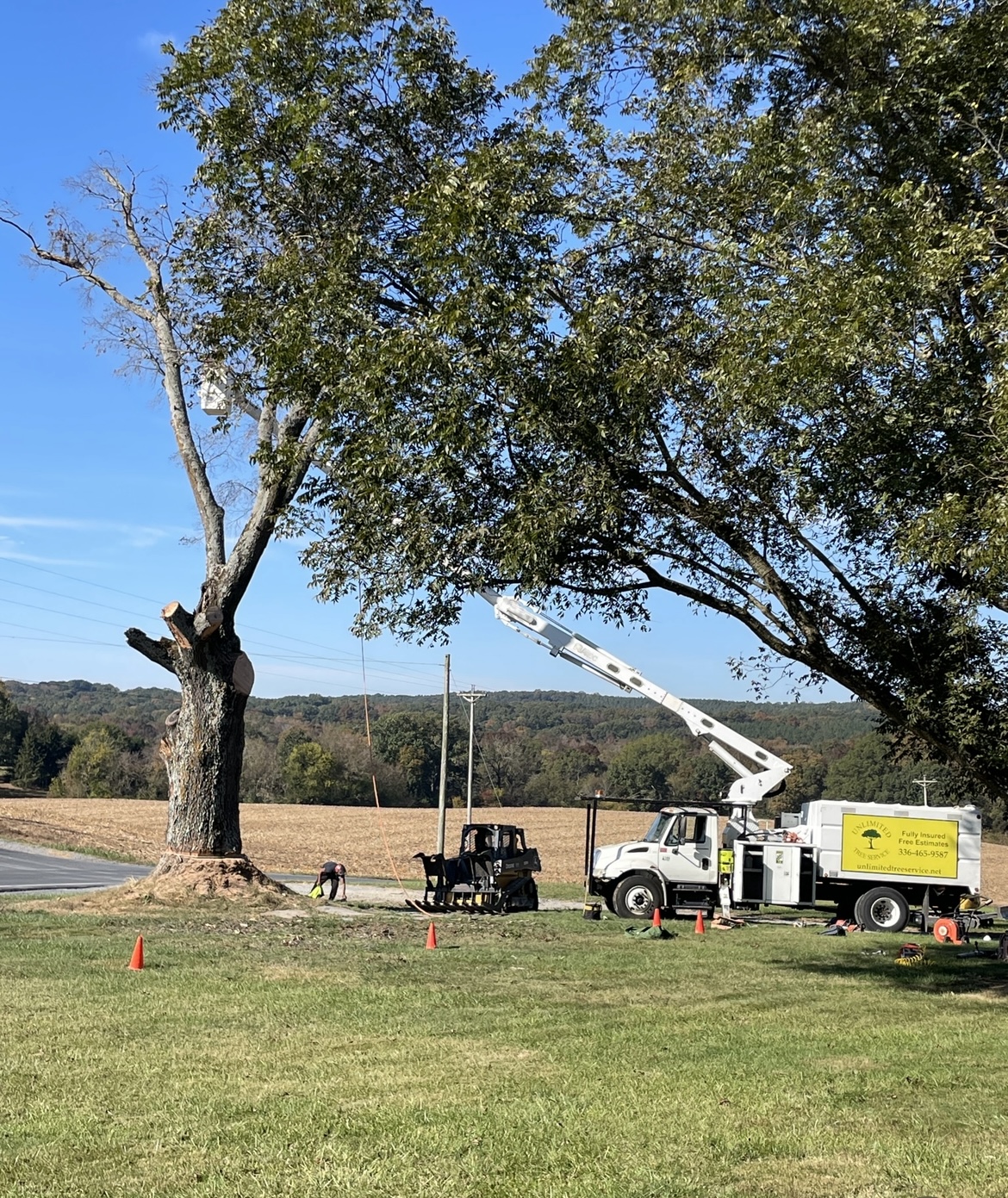
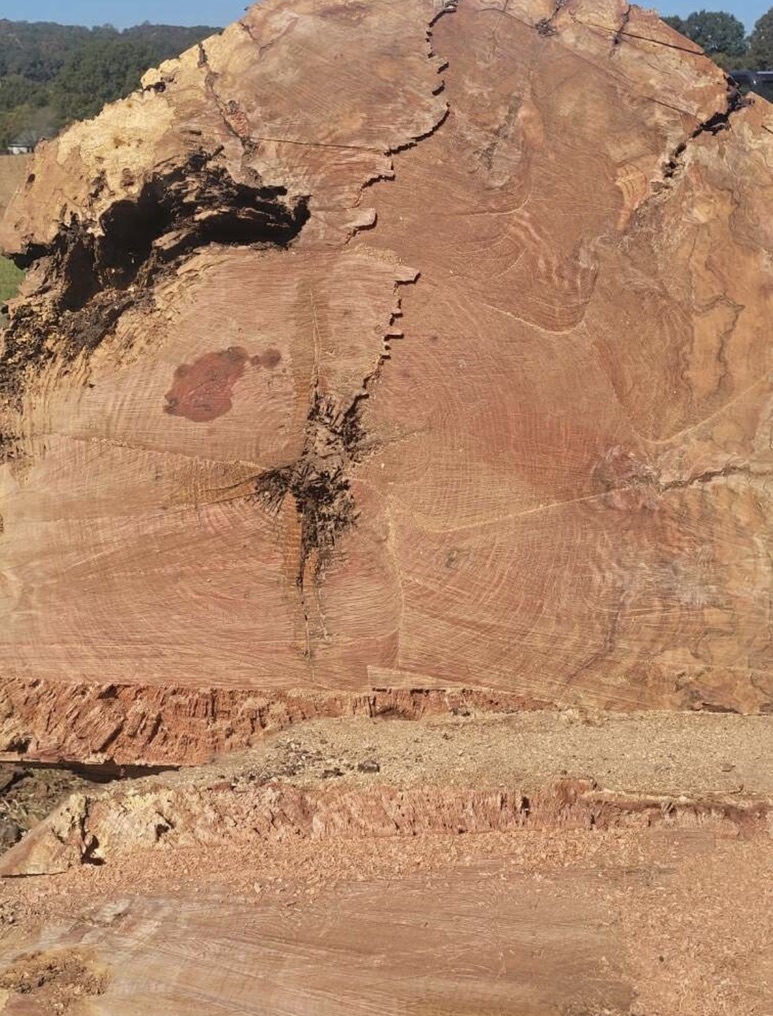
Hearing the chainsaws, feeling the house shake when a huge bough dropped to the ground, and watching our Tree of Life whittled down and hauled away truck load by truck load felt especially hard and symbolic of so many other times I’ve needed to let go.
Letting go is hard! Or that is what I’ve always told myself and believed, and maybe that is because I’ve connected other beliefs and stereotypes and fears with the idea of letting go, like:
I’m getting older.
All my best days, relationships, people, and experiences are behind me.
Growing old sucks. It’s lonely, sad, and depressing.
I am getting older, but there is still beauty and possibility and wonder ahead. My best days, relationships, people, and experiences are not all behind me. I have no idea who I might meet or what I might experience in the days to come.
Trading the old and familiar for the new and unknown can be scary and uncomfortable and many times sad, and it can also be an opportunity to stretch and grow and allow new and beautiful—or old and timeless—gifts into our lives.
I have a vision for my next fifty years. I want to continue to grow roots and wings. I want to seek out more moments and experiences that are breathtakingly beautiful and hard to let go of. I want to move through this life with the conscious intention to keep creating space for all that I love, and I’m learning that requires a hefty and continuous practice of letting go.
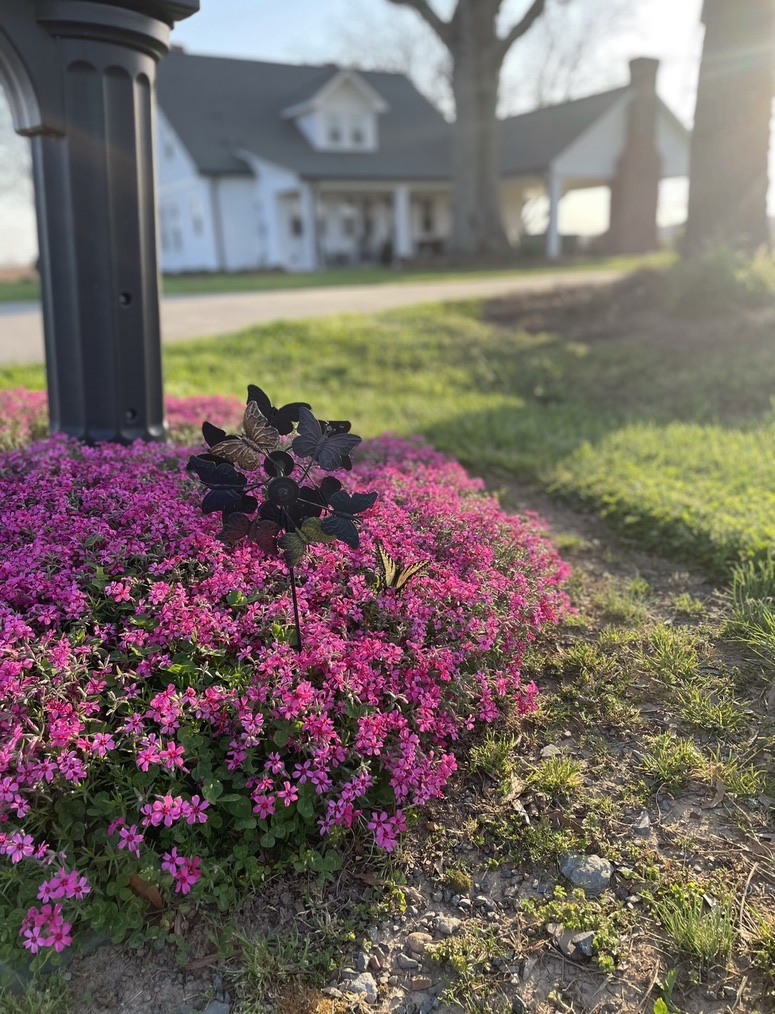
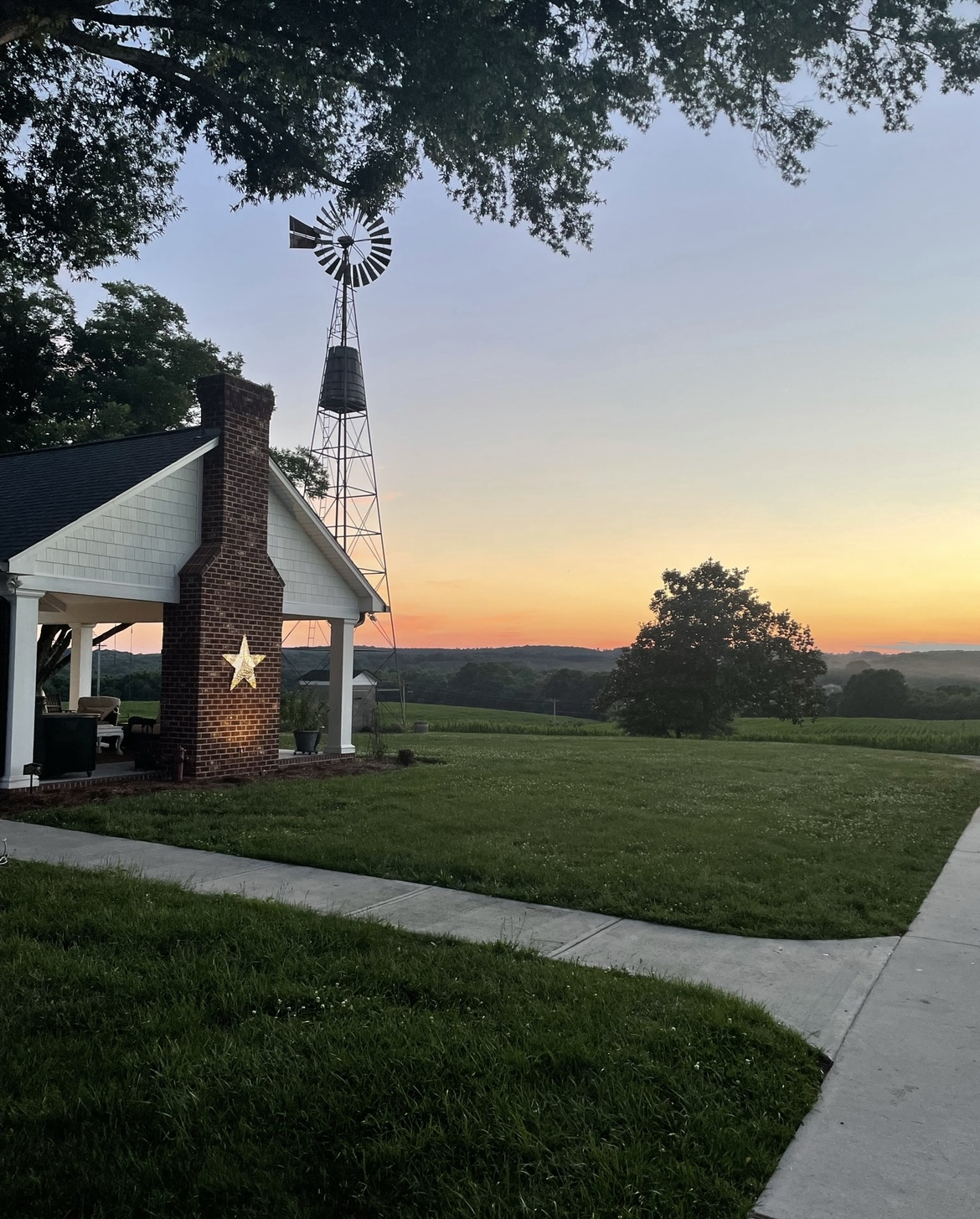
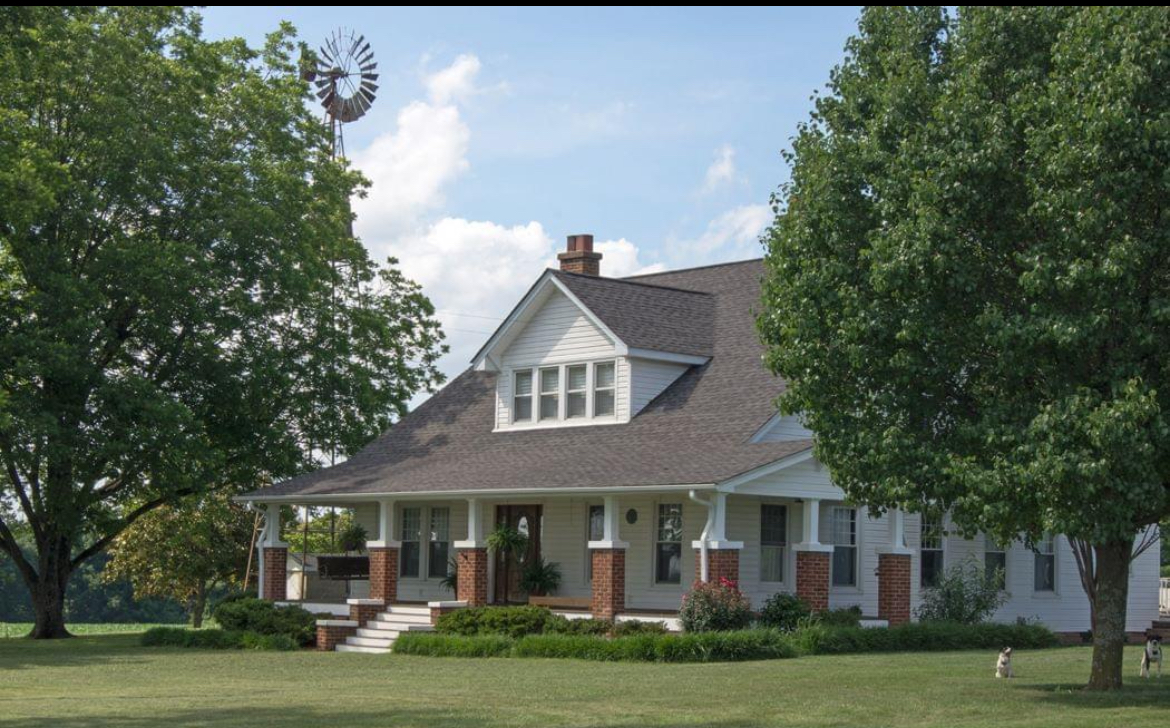
May we all greet each opportunity to let go with a confident expectation that many beautiful moments, relationships, people, experiences—gifts are still waiting for us up ahead.

